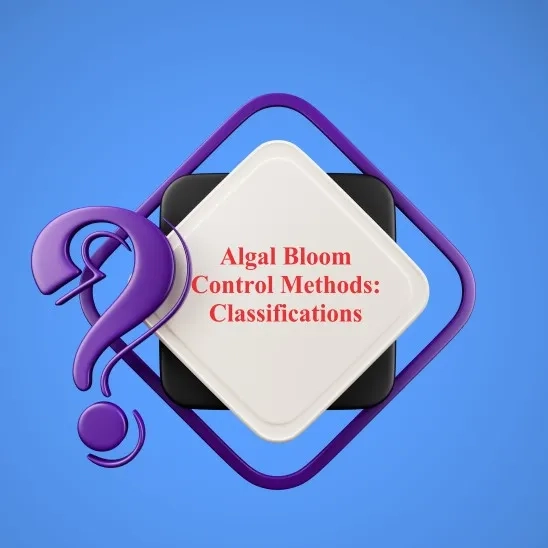
Harmful algal blooms commonly known as “red tide” can change the color of surface water by their brown or red pigmentation. In addition, harmful algal blooms result in deterioration of water quality which makes the water unsuitable for drinking purposes or industrial uses. The blooms usually occur in open seas, coastal ecosystems, freshwater ecosystems, and other water systems. About 300 species of phytoplankton cause algal bloom, although only a quarter of these are considered to be harmful. Due to the recent increase in harmful algal bloom, ecosystem degradation, aquaculture damages, and economic losses have occurred. General algal bloom control methods in order to limit their occurrence and remove toxins from the water column will be discussed in this article.
the-performance-of-algal-bloom-control-methods-advantages-and-disadvantages
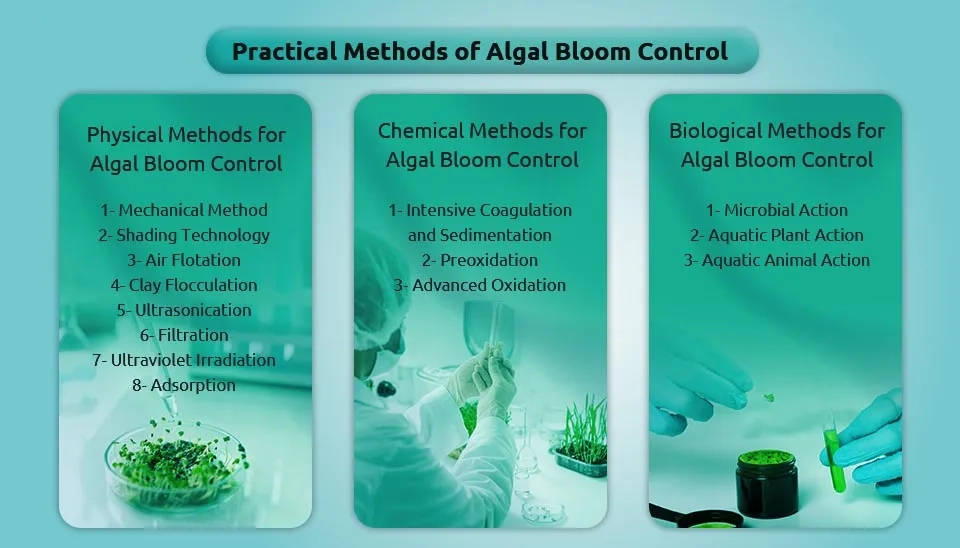
1. Algal Bloom Control Methods
General algal bloom control techniques are classified into three main groups: (1) physical, (2) chemical, and (3) biological processes. In this paper, we review different control methods and their advantages and disadvantages for accurate algal bloom management in water bodies. Nevertheless, the application of most methods is limited because of adverse ecological effects, lack of field operability, and high costs. Consequently, there are limited methods available for algal bloom control on a large scale in the field; so it is necessary to consider multiple methods including physical, chemical, and biological (Balaji-Prasath, 2022).
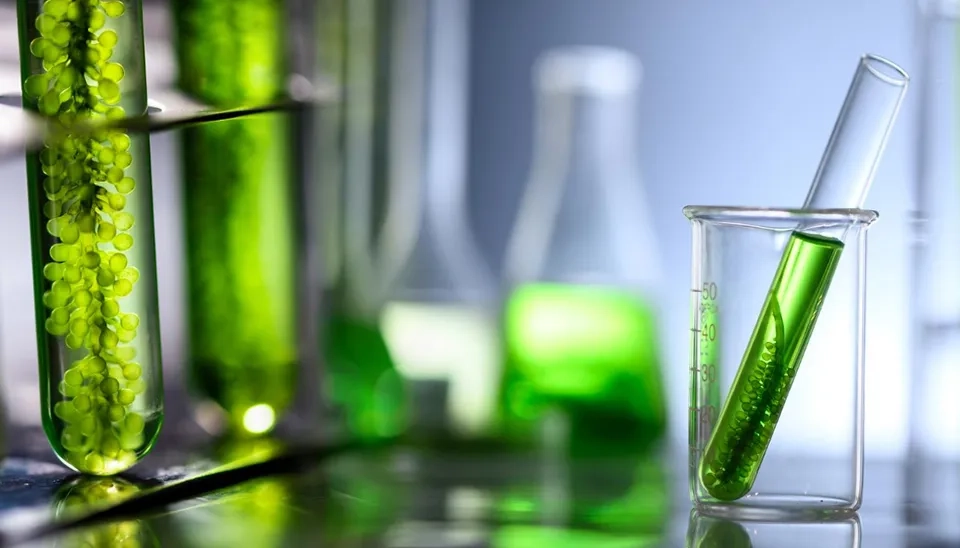
1.1. Physical Methods for Algal Bloom Control
The most common physical methods used for algal bloom control are discussed individually in the following. Physical treatment may offer some containment if the volume of water (affected by algal bloom) is limited; however, it should be considered as a preventative measure rather than a control measure. It should be noted that they are not always practical and they are usually slow and expensive for algal bloom control (Balaji-Prasath, 2022).
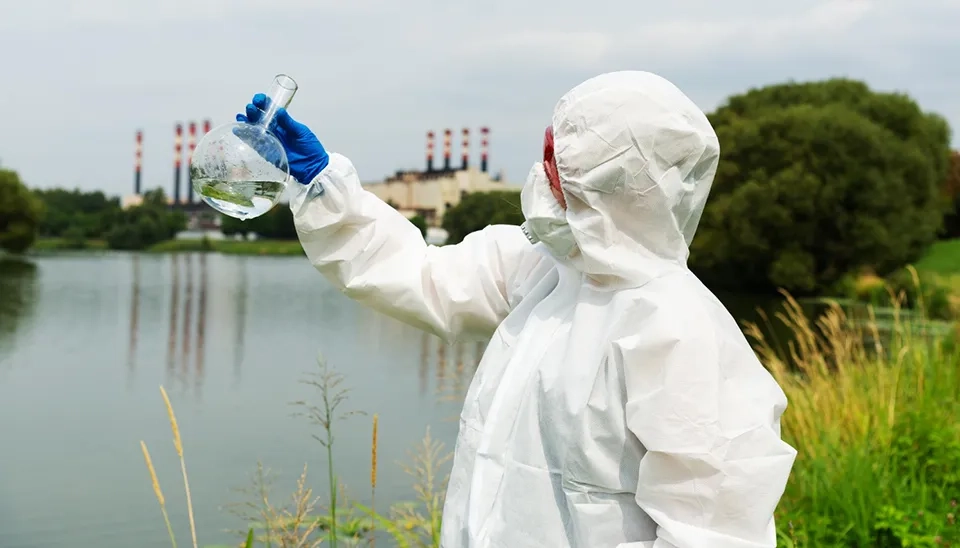
1.1.1. Mechanical Method
The Principle of the mechanical method is to use a power device for collecting and salvaging the algae in water, in order to obtain a large amount of biomass and to rapidly reduce the algae concentration in the water body. Although this is one of the common methods of algae treatment, it is difficult to implement on a large scale due to the high water content of the salvaged algae, which increases the difficulty of subsequent treatment and utilization as well as consuming a lot of manpower and material resources (Maredová et al., 2021).

1.1.2. Shading Technology
Algae requires light for its growth and its photosynthesis. To prevent algae photosynthesis in order to control algal bloom, shading technology is mainly applied by laying shading panels or shading cloth above the water surface. By using shading technology, it would be possible to prevent light penetration as well as algal bloom. However, due to the need for human, material, and financial resources, this method is only applicable to watershed areas of small water bodies and thus it has certain limitations (Zeng et al., 2023). In freshwaters, other shading techniques have been applied to limit light availability including the addition of colored compounds to the water column and the deployment of leafy plants that spread across the surface (Sellner & Rensel, 2018).
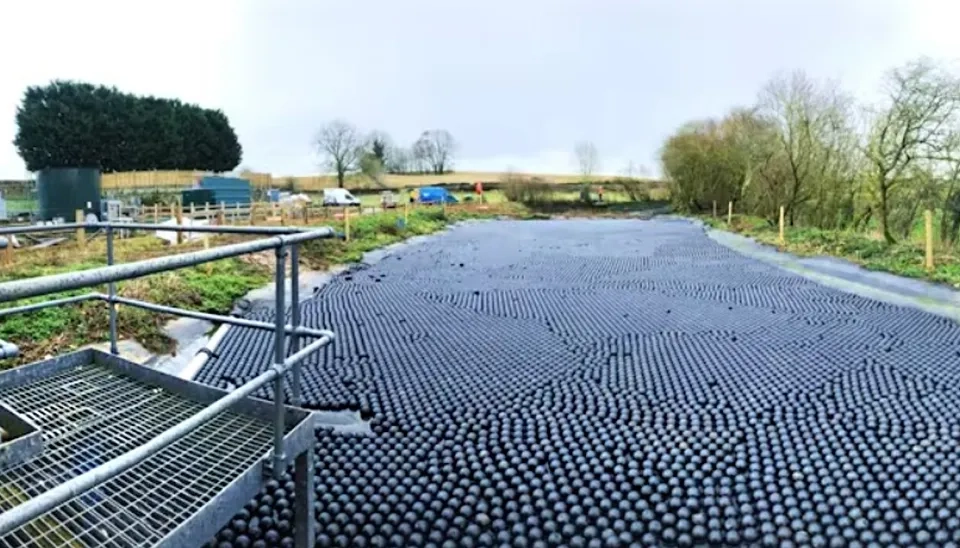
1.1.3. Air Flotation
Air flotation is one of the algal bloom control techniques of solid-liquid separation by using algal flocs attached to small bubbles to float upward, which results in good removal of the algal solution with low turbidity and concentration (Alhattab & Brooks, 2017). Yap et al. (2014), were able to remove algal cells with 95% effectiveness using an air flotation method. To remove low-density contaminants such as algae and natural organic matter from reservoir water and waste stabilization ponds, air flotation techniques are commonly used in water and wastewater treatment plants (Yap et al., 2014) and they appear to be a promising method for harmful algal bloom control.

1.1.4. Clay Flocculation
Algae is a natural and nontoxic substance that can be removed using flocculation of clay, but this method may cause water blooms to erupt again. Flocculation is known as a well-established strategy and an effective chemical method to control harmful algal bloom. Most research has been focused on flocculation using different clays for harmful algal bloom control. This method is suitable for field applications (Lu et al., 2015). In addition, in different water bodies (e.g. marine systems), clay flocculation is used to flocculate harmful algae and toxins (Sellner & Rensel, 2018). The use of modified clay flocculation and sedimentation is ecologically safe and quick to remove algae but has a number of drawbacks such as high costs, large clay dosage, and unstable effects.

1.1.5. Ultrasonication
In order to destroy algal cell photosynthetic systems and biological activity, the ultrasonic method as one of the physical algae removal methods has developed recently which applies sound waves in the water column to create a cyclic expansion and compression phase leading to vibration that affects algae buoyancy, as well as causes cells to sink into the bottom (Huang et al., 2020). This method can further decompose algal cell secretions, algae toxins, and other metabolic products. A successful algae removal by ultrasonication has many advantages: simple installation, fast removal speed, green environmental protection, and other benefits. But during using this method for algae control, the energy consumption increases when ultrasonic intensity becomes greater, which eventually affects the economy.

1.1.6. Filtration
Filtration methods typically include sand filtration and membrane filtration, which is an efficient method that removes algal cells perfectly without breaking them (Czyzewska & Piontek, 2019). Sand filtration is normally used after sedimentation and coagulation or air flotation and it is suitable for raw water with low concentration of suspended matter and algal cells. In order to achieve separation and purification purposes, the membrane filtration process is based on a selective permeation membrane as a separation medium, with the concentration or pressure difference driving raw materials side components to selectively pass through the membrane. Among them, pressure-driven membrane filtration processes mainly include Microfiltration (MF), Ultrafiltration (UF), Nanofiltration (NF), and Reverse Osmosis (RO) (Zhang et al., 2020, McGovern & Lienhard, 2014).
Filtration process | Advantage | Disadvantage |
Nanofiltration | -Effectively retain microorganisms, organic matter, ions, and water-soluble salts in water to a large extent | -Making the water lack some beneficial trace elements, hardness and alkalinity -Making the water unsuitable for long-term drinking -High operational energy consumption |
Reverse Osmosis | -Effectively retain microorganisms, organic matter, ions, and water-soluble salts in water to a large extent | -Making the water lack some beneficial trace elements, hardness and alkalinity -Making the water unsuitable for long-term drinking -High operational energy consumption |
Microfiltration | -Low-pressure membrane filtration processes -Marketable material prices and operating costs | -Cannot completely retain pathogenic bacteria and viruses |
Ultrafiltration | -Low-pressure membrane filtration processes -Marketable material prices and operating costs -Ability of large molecules removal | - |
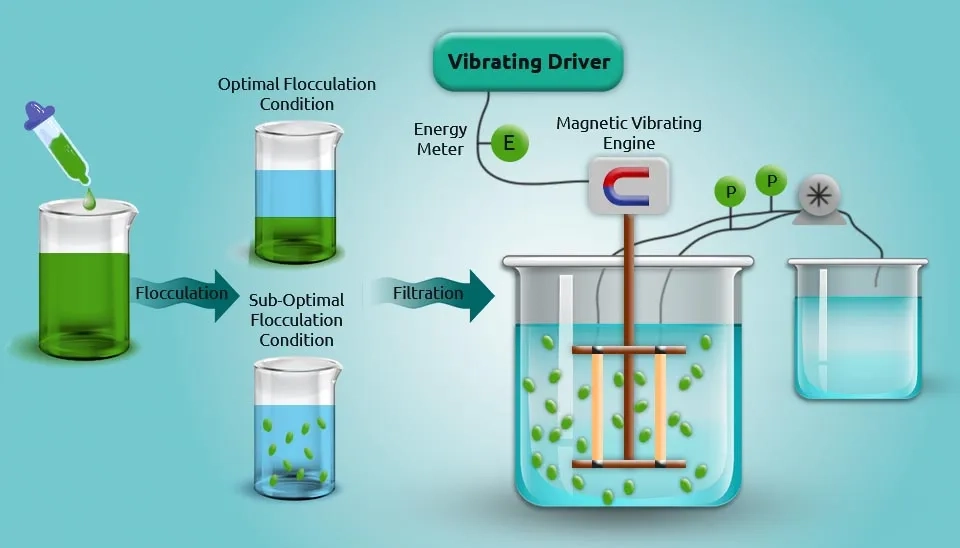
1.1.7. Ultraviolet Irradiation
Ultraviolet (UV) irradiation has a major damaging effect on the genes, cell membrane integrity, and photosynthetic capacity as well as increasing sedimentation capacity, releasing toxins, and inhibiting the production of algal cells (Lu et al., 2017; Chen et al., 2018). UV causes significant damage to DNA strands and impedes protein transcription and synthesis by substantially disrupting photosynthesis in algal cells (Bin-Alam et al., 2001). Ultraviolet irradiation can cause damage in algal cells on multiple levels, including adverse effects on nucleic acids, light harvesting through electron transfer, toxin synthesis, settle ability, oxidative pressure, antioxidative capacity, and overall cell integrity (Li et al., 2018).
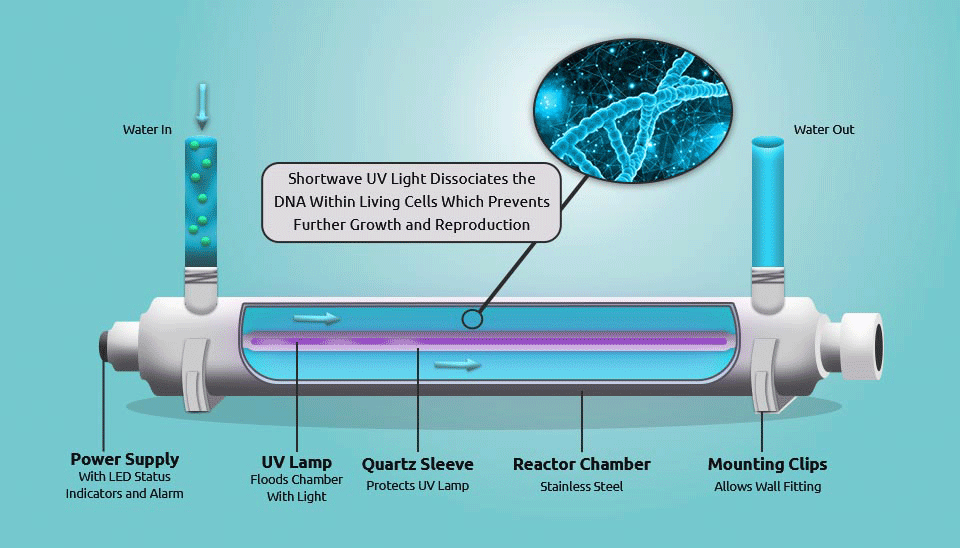
1.1.8. Adsorption
The adsorption method for algae removal is mainly done by using Powder Activated Carbon (PAC), activated carbon, Granular Activated Carbon (GAC), and Activated carbon Fiber (ACF). Activated carbon is normally used as a coagulant during algae removal. Activated carbon has a particular surface area and complex pore structure and organic substances with relative molecular masses between 500~3000 μm can be easily adsorbed by it. Since microcystins have a molecular weight close to 1000 μm, they are easily adsorbed (Zeng et al., 2023). In order to enhance the impact of coagulation, while absorbing microalgae, powdered activated carbon can be added. It is suitable for emergency treatment of high-algae water (Zhao et al., 2021).
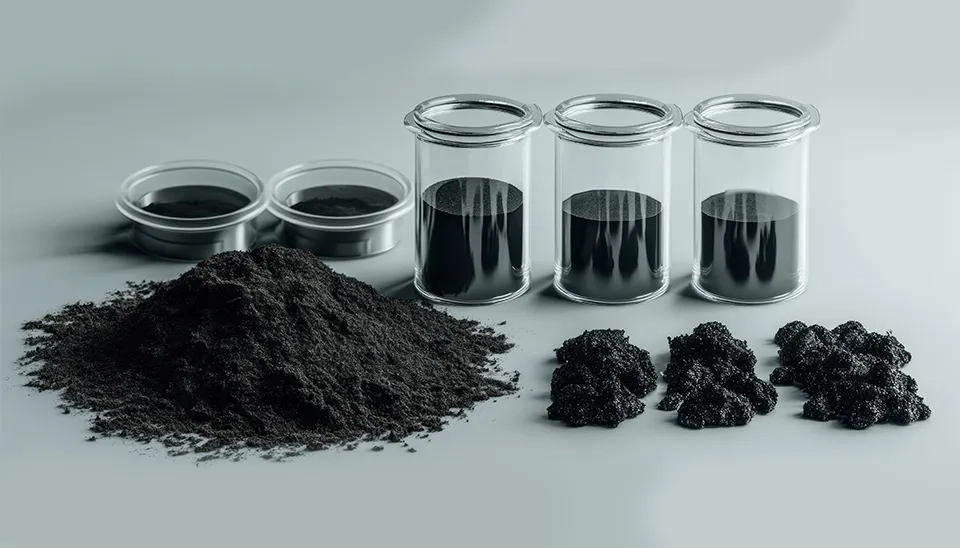
1.2. Chemical Methods for Algal Bloom Control
Chemical algal bloom removal methods are currently the most widely used and mature technologies to effectively control algal bloom. There are two common methods of chemical algal bloom control: Intensive coagulation and Sedimentation, and preoxidation. In addition, advanced oxidation, one of the chemical algal bloom control techniques, is still at the laboratory research level. Methods of chemical algal bloom control have a number of outstanding effects on algae removal with short action periods (Qi et al., 2021; Jang et al., 2017). However, it may lead to the generation of disinfection by-products and easily causes secondary pollution. Therefore, careful consideration should be given when dealing with algae, and the dosage should be strictly monitored.
1.2.1. Intensive Coagulation and Sedimentation
High-algae water is not effectively treated by conventional coagulants like aluminum sulfate, ferric sulfate, and ferric trichloride. To enhance the coagulation efficiency and algae removal, strengthening the coagulants can be done. Methods of coagulant enhancement are: increasing the coagulant dosage, adding coagulant aid, and developing new coagulants (Zeng et al., 2023).
In general, the integrity of algal cells is ensured by intensive coagulation and sedimentation and is efficient in intracellular microcystin removal but drains the sludge as quickly as possible to make sure that no algae toxins are released.
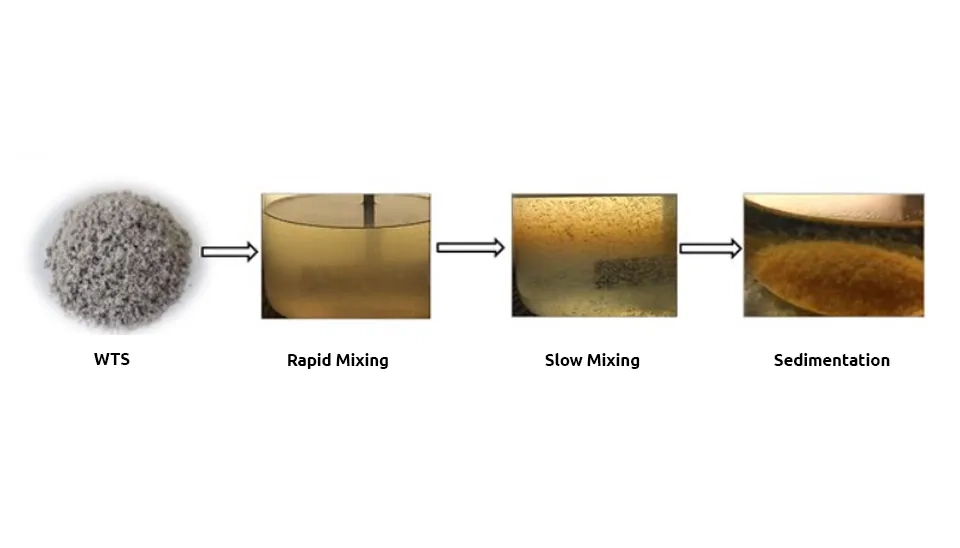
1.2.2. Preoxidation
Preoxidation refers to the pretreatment of algal water by using oxidants like Chlorine, Chlorine Dioxide, Ozone, Potassium Permanganate (KMnO4), and Hydrogen Peroxide (H2O2), which can kill algal cells with a destructive effect on their structure.
The most commonly used oxidant in water treatment is chlorine, which is typically added to water in the form of chlorine gas or sodium hypochlorite (Hu et al., 2020).
Chlorine dioxide is a strong oxidant that can easily be soluble in water and is able to quickly inactivate the algal cells as well as chlorophyll degradation (ultimately leading to the photosynthetic system’s destruction) (Ramseier et al., 2011).
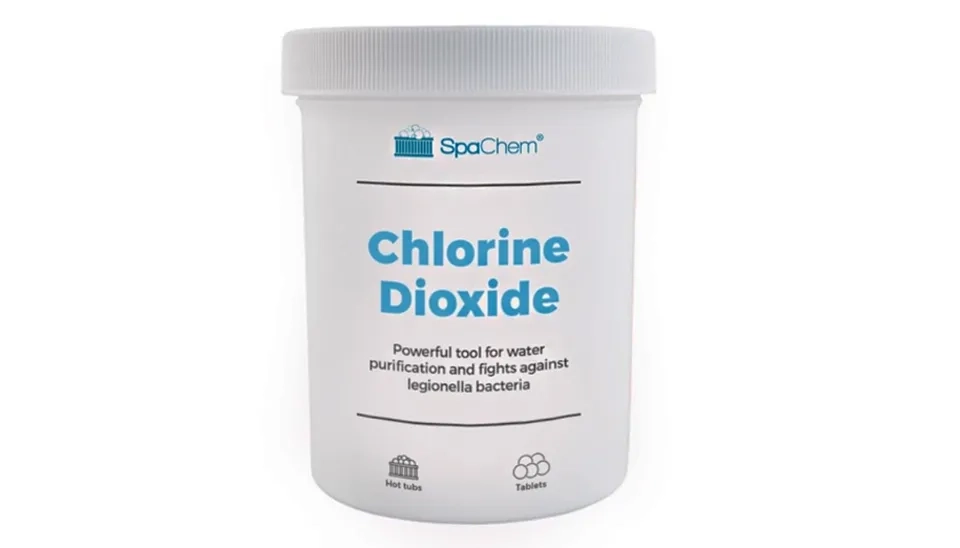
Ozone is known as a powerful oxidizing agent that decomposes more quickly in water compared to the air. The cell membrane of microorganisms can be rapidly destroyed by ozone. It has a high oxidative lethal effect on algae and is able to remove algae toxins and odor. The disadvantages of using ozone are bromate production, high cost of operation, and equipment investment (Widrig et al., 1996).
Potassium permanganate is a purple-black crystal that is easily soluble in water. It has a remarkably high oxidizing property, which is the reason for its ability to inactivate algal cells very quickly (Ma et al., 2018). KMnO4 can be a part of oxidation, microflocculation, and disinfection at the same time which is economically feasible. It may cause watercolor issues due to its purple color if used improperly (Naceradska et al., 2017).
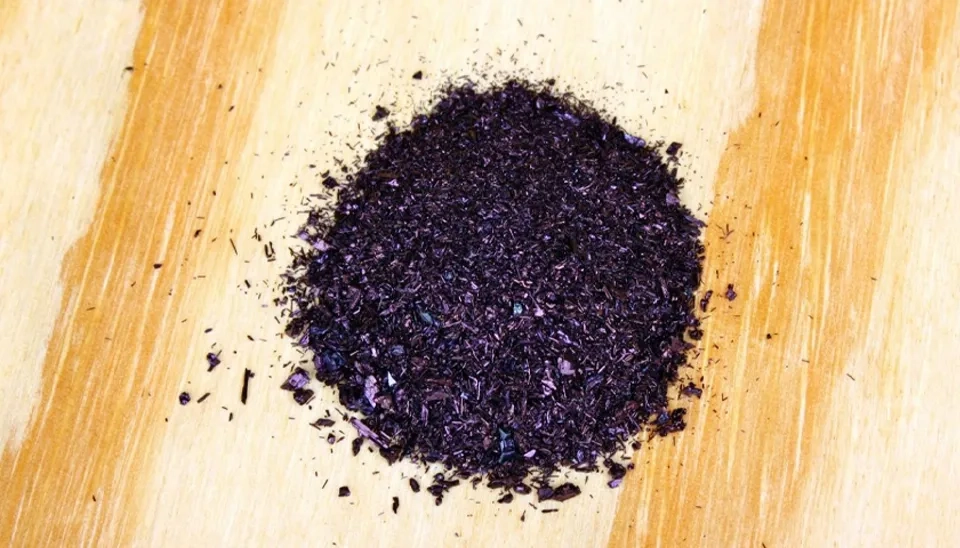
Hydrogen peroxide is a green oxidizing agent that is normally used for its high level of oxidation and reduction products of H2O and O2 (Chen et al., 2021). Using H2O2 for oxidation leads to algal cell destruction, which results by gene-based deletion, reduced photosynthetic rate, and ultimately inactivation and death of algal cells (Li et al., 2022).
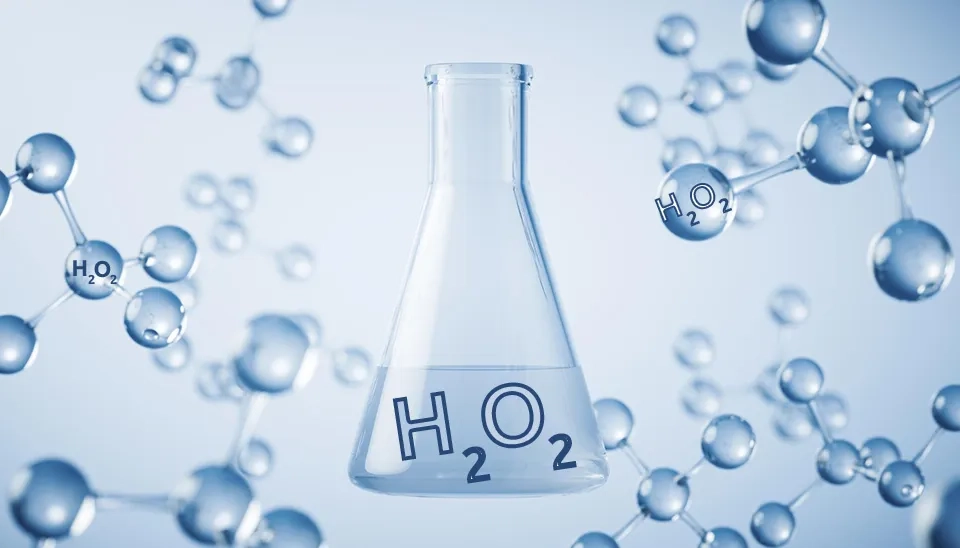
1.2.3. Advanced Oxidation
The advanced oxidation method can be used in the algae removal process. Depending on various techniques of free radical generation, advanced oxidation methods can be divided into electrochemical algae removal technology, photochemical oxidation, electro-fenton technology, etc. (Bourgin et al., 2017). Despite the fact that there are some advantages to this method like efficiency and nonpolluting, the low concentration of hydroxyl radicals generated by the reaction and the long reaction period are the main problems identified so far.
Electrochemical algae removal technology: This method is currently applied for waste leachate treatment, disinfection, organic pollutants, sterilization, and other applications. Electroflocculation, electric flotation, and the synergistic effect of electric fields are basic principles for treating algae-containing water. There are certain advantages of using electrochemical algae removal including good removal effect and no secondary pollution (Sheng et al., 2014).
Photochemical oxidation: it refers to the oxidation–reduction reaction under the action of a photocatalyst, which is excited by light to produce oxidizing radicals to decompose the organic pollutants (that are hard to degrade) into small-molecule substances. This technology is very effective in algae removal but requires more exploration to enhance the efficiency of catalyst utilization rate and its practical application.
Electro-Fenton technology: This technology is an electrochemical advanced oxidation technology that is based on the Fenton reaction (Moreira et al., 2017). Currently, the use of electro-Fenton technology for algae removal is still at an early stage of research.

1.3. Biological Methods for Algal Bloom Control
The biological method can achieve the purpose of controlling and removing algae as well as restoring the health of water systems. This method uses the principle of mutualism to inhibit the algal growth and food chain relationship between organisms in natural ecosystems to ultimately change the structure of biological communities (Gururani et al., 2022). The biological method plays an important role in the ecosystem’s material cycle. The advantages of this method are simple operation, little impact on the environment, and obvious effect (Zhang et al., 2016; Wang et al., 2019). Currently, in order to algal bloom control, microbial action, aquatic plant action, and aquatic animal action are the biological methods available.
1.3.1. Microbial Action
The degradation of organic pollutants and material recycling is a very important role of microorganisms. There are three categories for microbial algal control:
Microorganisms can act on algae directly by secreting extracellular substances or attacking cells to destroy algae; Some of them can also restrain photosynthesis in algal cells (Zhau & Liu, 1996).
To achieve water column purification and algal bloom biomass reduction, using microorganisms to absorb and degrade excess nutrients in the water column is suggested.
Using bioflocculation techniques to reduce algal cell biomass in the water column (Sun et al., 2018).
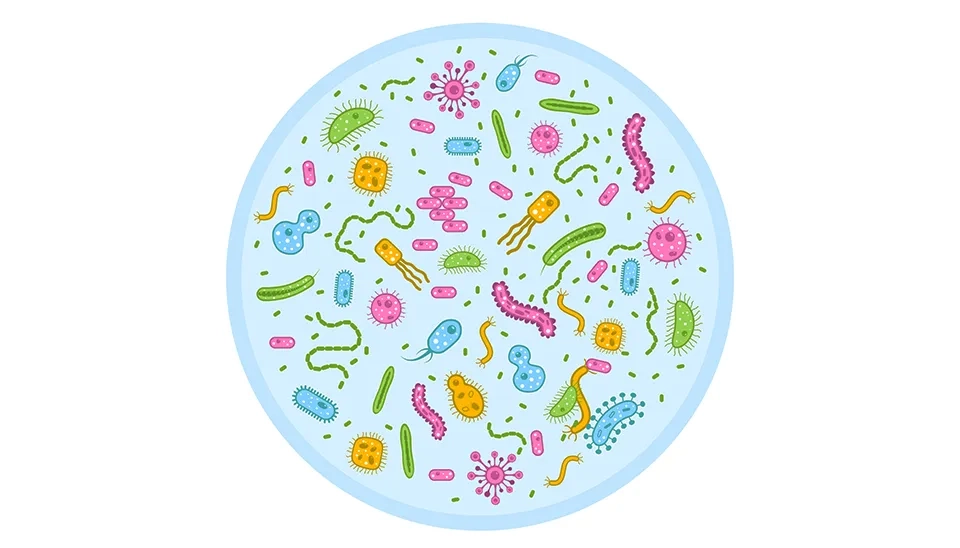
1.3.2. Aquatic Plant Action
Aquatic plants release allelochemicals such as sulfur compounds which inhibit the metabolism and reproduction of algal cells when they compete with algal cells for light, phosphorus, nitrogen, and other nutrients (Sinang et al., 2019). The mechanism of this method is that by disrupting the light-trapping system of algal cells, the rate of oxygen release will be reduced during photosynthesis, which ultimately affects electron transfer and adenosine triphosphate synthesis during photosynthesis. Moreover, It destroys the ultrastructure of algal cell membranes, mitochondria, chloroplasts, etc., and blocks the normal operation of different biochemical reactions in algal cells (Zeng et al., 2023). This method has advantages like it is environmentally friendly and there are no chemical pollution problems.
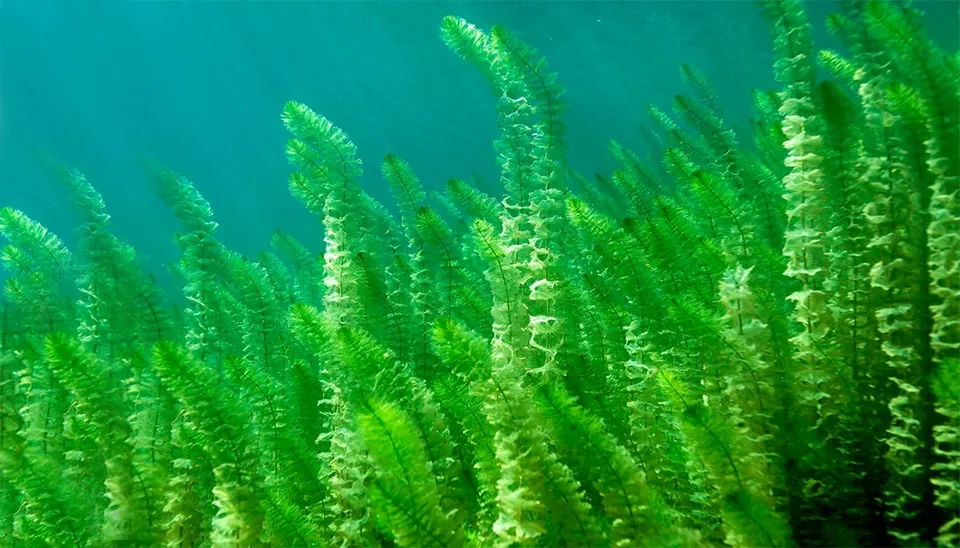
1.3.3. Aquatic Animal Action
Aquatic fauna action typically describes the algal bloom control method in which by using biological competition, predation of aquatic animals, and recovering biological communities, the algal population can be controlled. Protozoa, filter-feeding shellfish, and fish are the main aquatic animals that can feed on algae. Algal outbreaks can be successfully controlled by large filter-feeding fish such as tilapia, silver carp, and bighead carp which can swallow algae in high quantities. This method includes any toxic substances, it is easy to operate, does not cause pollution, and is environmentally friendly and cost-effective (Qu et al., 2019).
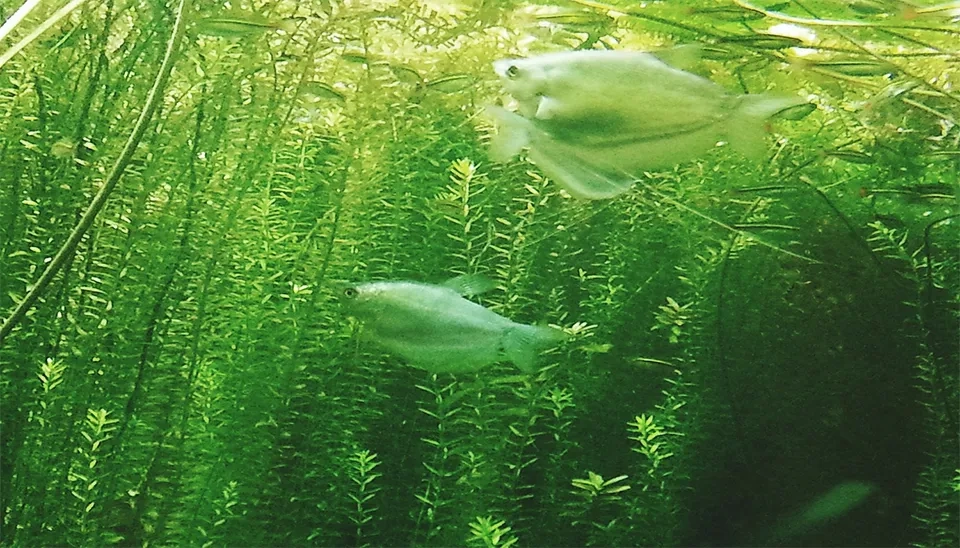
2. Conclusion
The frequent outbreaks of algal bloom have seriously influenced people's productive lives. Currently, the benefits and drawbacks of different techniques have been assessed to determine the best methods for algal bloom control. Physical processes are not cost-effective with low efficiency with no secondary pollution, while chemical methods offer lower costs with fast results, but due to secondary pollution, require continuous improvement. Biological processes are also cost-effective and environmentally friendly since they do not produce secondary pollution, so they offer a promising approach for algal bloom control. Deep research should be considered to assess the social, economic, and environmental aspects as well as other comprehensive factors to choose the best method for controlling algal bloom in different water systems.
